Social media has emerged as a powerful force shaping not just our interactions but also our fashion choices. Platforms like Instagram, TikTok, and Pinterest have become virtual runways where trends are born, nurtured, and disseminated at lightning speed. This phenomenon has revolutionized the way we perceive and engage with fashion, leading to a democratization of style like never before.
Concurrent with the rise of social media is the resurgence of thrift shopping, a trend that has been gaining momentum in recent years. Once associated with bargain hunting and necessity, thrift shopping has undergone a remarkable transformation, becoming not only socially acceptable but also celebrated as a sustainable and chic way to dress. This shift can be attributed in part to the growing awareness of environmental issues and a desire to reduce the carbon footprint of our wardrobe choices. Additionally, thrift shopping offers a unique opportunity for self-expression, allowing individuals to curate a personal style that is both affordable and distinct from mainstream fashion trends.
At the intersection of these two cultural phenomena lies the #ThriftBundleTakeover movementa grassroots campaign that is redefining the way we approach fashion. With its roots firmly planted in social media, this movement encourages individuals to showcase their thrifted finds and celebrate the beauty of secondhand clothing. From vintage gems to pre-loved designer pieces, the #ThriftBundleTakeover movement highlights the diversity and creativity inherent in thrift shopping, proving that style is not determined by price tags but by individuality and imagination.
At the heart of the #ThriftBundleTakeover movement is a commitment to inclusivity and accessibility. By championing thrifted fashion on social media, participants are challenging traditional notions of beauty and status, paving the way for a more inclusive and diverse fashion industry. Moreover, thrift shopping offers a more sustainable alternative to fast fashion, reducing waste and supporting ethical consumption practices.
Historical Context
Evolution of Thrift Shopping
Thrift shopping, once relegated to bargain hunters and budget-conscious individuals, has evolved significantly over the years. Historically, thrift stores were associated with charity and necessity, offering affordable clothing and household items to those in need. However, as societal attitudes towards secondhand shopping began to shift, thrift stores started to gain traction among a broader audience.
In recent decades, thrift shopping has undergone a transformation, shedding its stigma and gaining recognition as a viable and fashionable way to shop. This evolution can be attributed to changing consumer attitudes towards sustainability and ethical consumption, as well as a growing appreciation for vintage and unique fashion finds.
Impact of Social Media Platforms
The rise of social media platforms has played a crucial role in popularizing thrift shopping and bringing it into the mainstream. Platforms like Instagram, TikTok, and Pinterest have become virtual hubs for fashion inspiration, where users share their thrifted finds, styling tips, and shopping hauls.
Social media has democratized the fashion landscape, allowing individuals from diverse backgrounds to showcase their personal style and creativity. Through hashtags like #ThriftHaul and #SecondhandFashion, users can connect with like-minded individuals, discover new thrift stores, and celebrate the beauty of secondhand clothing.
Moreover, social media influencers and content creators have played a significant role in shaping consumer perceptions of thrift shopping. By sharing their own thrifted outfits and advocating for sustainable fashion practices, influencers have helped destigmatize thrift shopping and position it as a desirable and aspirational lifestyle choice.
Influential Figures and Communities Promoting Thrift Shopping Online
In addition to social media influencers, various online communities and organizations have emerged to promote thrift shopping and sustainable fashion practices. From Facebook groups dedicated to thrift store enthusiasts to online marketplaces specializing in pre-loved clothing, these platforms provide a space for individuals to connect, share resources, and support one another in their thrift shopping journey.
Furthermore, celebrities and fashion icons have also embraced thrift shopping as a way to express their personal style while promoting sustainability. By wearing thrifted pieces on red carpets and high-profile events, these influential figures have helped elevate the status of secondhand fashion and inspire their followers to embrace thrift shopping as a chic and eco-friendly alternative to traditional retail.
#ThriftBundleTakeover Hashtag
The #ThriftBundleTakeover hashtag emerged as a rallying cry for thrift enthusiasts to showcase their thrifted fashion hauls and encourage others to embrace secondhand shopping. The term "thrift bundle" refers to a collection of thrifted items, typically acquired during a single shopping excursion, and the "takeover" signifies the movement's goal of reclaiming the narrative surrounding secondhand fashion.
Initially, the #ThriftBundleTakeover hashtag gained traction among a niche community of thrift shoppers on platforms like Instagram and TikTok. As users began to share their thrift hauls and styling tips using the hashtag, it quickly gained momentum, attracting a diverse array of participants from around the world.
Successful #ThriftBundleTakeover Campaigns
Several successful #ThriftBundleTakeover campaigns have demonstrated the movement's reach and impact on social media. One notable example is the "30-Day Thrift Challenge," where participants commit to shopping exclusively at thrift stores for an entire month and document their experiences using the hashtag. This campaign not only highlights the versatility and affordability of thrifted fashion but also fosters a sense of community among participants.
Another noteworthy campaign is the "Thrifted Fashion Show," where users are encouraged to create runway-worthy looks using only thrifted clothing and accessories. Participants then share photos or videos of their outfits on social media, showcasing the creativity and style diversity inherent in thrift shopping.
Additionally, collaborations between influencers and thrift stores have helped amplify the #ThriftBundleTakeover message and reach a wider audience. By partnering with popular content creators, thrift stores can leverage their platforms to promote sustainable fashion practices and inspire their followers to embrace thrift shopping.
How the Movement is Challenging Traditional Fashion Norms and Standards
At its core, the #ThriftBundleTakeover movement is about more than just showcasing thrifted finds; it's about challenging traditional fashion norms and standards. By celebrating secondhand clothing, participants are rejecting the notion that fashion must be expensive or brand new to be considered stylish.
Moreover, the movement encourages individuals to embrace their unique sense of style and creativity, rather than conforming to mainstream trends dictated by the fashion industry. In a world where fast fashion reigns supreme, the #ThriftBundleTakeover movement offers a refreshing alternativea way to express oneself authentically while making a positive impact on the planet.
By reclaiming the narrative surrounding secondhand fashion, the #ThriftBundleTakeover movement is driving meaningful change within the fashion industry. As more people embrace thrift shopping and sustainable fashion practices, the movement continues to gain momentum, inspiring others to rethink their consumption habits and embrace a more conscious approach to style.
Social Media Platforms
Instagram, TikTok, and Other Platforms as Democratizing Forces in Fashion
Instagram and TikTok, in particular, have revolutionized the fashion landscape by democratizing access to style inspiration and allowing users to curate their own digital personas. These platforms provide a space for individuals to express themselves creatively through visual storytelling, whether it's through curated feeds on Instagram or short-form videos on TikTok.
Unlike traditional fashion media, which often perpetuates narrow beauty ideals and exclusive standards of style, social media platforms offer a more inclusive and diverse representation of fashion. Users can discover inspiration from a wide range of sources, including influencers, content creators, and everyday fashion enthusiasts, breaking down barriers and challenging the dominance of mainstream fashion narratives.
Role of User-Generated Content in Shaping Fashion Trends
User-generated content plays a pivotal role in shaping fashion trends on social media platforms. Unlike traditional media, where trends are often dictated by industry insiders and tastemakers, social media allows for greater participation and influence from everyday users.
Hashtags like #OOTD (Outfit of the Day) and #FashionInspiration serve as virtual trend boards where users can share their outfit ideas, discover new styling techniques, and contribute to broader fashion conversations. This democratization of trendsetting empowers individuals to have a direct impact on the fashion landscape, blurring the lines between creator and consumer.
Furthermore, the rise of micro-influencersindividuals with smaller but highly engaged followingshas democratized influencer marketing and diversified the voices represented in fashion media. These influencers often have more authentic and relatable connections with their audiences, making them powerful advocates for niche styles and emerging trends.
Opportunities for Individuals to Express Unique Style Through Thrifted Fashion
One of the most significant opportunities afforded by social media platforms is the ability to express unique style through thrifted fashion. Thrift shopping has become increasingly popular among social media users, who see it as a sustainable, affordable, and creative way to dress.
Platforms like Instagram and TikTok are teeming with #ThriftHaul videos, #SecondhandStyle inspiration, and #UpcycledFashion tutorials, showcasing the versatility and potential of thrifted clothing. From vintage gems to one-of-a-kind finds, thrifted fashion allows individuals to create outfits that reflect their personality, values, and creativity.
Moreover, thrifted fashion offers a counter-narrative to the fast fashion industry, which often prioritizes mass production and homogeneity over individuality and sustainability. By embracing thrifted fashion, social media users are not only expressing their unique style but also making a statement about conscious consumption and ethical fashion practices.
The Affordability Factor
How Thrift Shopping Enables Budget-Friendly Fashion Choices
One of the most compelling aspects of thrift shopping is its affordability. Unlike traditional retail stores where prices can be prohibitively high, thrift stores offer a treasure trove of affordable fashion finds. From designer labels to everyday essentials, thrift shopping allows individuals to build a stylish wardrobe without breaking the bank.
Moreover, thrift shopping provides an opportunity to score unique and one-of-a-kind pieces that are often unavailable in conventional retail outlets. Whether it's a vintage jacket or a quirky accessory, thrifted fashion allows individuals to express their personal style in a way that is both affordable and distinctive.
For many people, thrift shopping isn't just a choiceit's a necessity. In an era of economic uncertainty, thrift stores provide a lifeline for individuals and families struggling to make ends meet. By offering quality clothing and household items at a fraction of the cost, thrift stores help stretch limited budgets and ensure that everyone has access to essential goods.
Environmental Benefits of Thrift Shopping and Reducing Fast Fashion Consumption
Beyond its economic advantages, thrift shopping also offers significant environmental benefits. The fashion industry is one of the largest contributors to environmental degradation, with fast fashion production processes consuming vast amounts of resources and generating excessive waste.
Thrift shopping helps mitigate these harmful effects by extending the lifecycle of clothing and reducing the demand for new products. By giving pre-loved items a second chance, thrift stores divert millions of pounds of clothing from landfills each year, reducing the industry's carbon footprint and conserving valuable resources.
Furthermore, thrift shopping promotes a circular economy model where products are reused, repurposed, and recycled, rather than discarded after a single use. This shift towards sustainable consumption practices is essential for addressing climate change and preserving the planet for future generations.
Examining the Sustainability Aspect of the #ThriftBundleTakeover Movement
At its core, the #ThriftBundleTakeover movement embodies the principles of sustainability and conscious consumption. By celebrating thrifted fashion and encouraging others to embrace secondhand shopping, the movement promotes a more ethical and environmentally friendly approach to fashion.
Through social media platforms like Instagram and TikTok, participants share their thrifted finds, styling tips, and shopping experiences, inspiring others to join the thrift shopping revolution. The movement's emphasis on creativity, individuality, and sustainability resonates with a diverse audience, sparking meaningful conversations about the environmental impact of fashion consumption.
Moreover, the #ThriftBundleTakeover movement challenges the dominance of fast fashion culture by highlighting the beauty and value of secondhand clothing. By reclaiming the narrative surrounding thrifted fashion, participants are reshaping the fashion landscape and advocating for a more inclusive and sustainable industry.
Thrift shopping and The #ThriftBundle Takeover
While thrift shopping and the #ThriftBundleTakeover movement have gained widespread popularity and acclaim, it's essential to acknowledge the challenges and criticisms that accompany this trend. From concerns about influencer authenticity to accessibility issues and potential drawbacks of relying solely on thrift shopping for personal style, it's crucial to address these issues to foster a more inclusive and sustainable fashion community.
Addressing Concerns about the Authenticity of Thrift Shopping Influencers
As thrift shopping becomes increasingly trendy, there is a growing concern about the authenticity of influencers who promote thrifted fashion on social media. Some critics argue that certain influencers may exploit the thrift shopping trend for personal gain, without genuinely embodying the principles of sustainability and conscious consumption.
To address these concerns, it's essential for influencers to be transparent and authentic in their content. This means disclosing when items are gifted or sponsored, providing honest reviews of thrifted finds, and actively engaging with their audience on topics related to sustainability and ethical fashion.
Additionally, followers should approach influencer content with a critical eye, considering the motivations behind promotional posts and evaluating the overall message conveyed by the influencer. By holding influencers accountable and advocating for transparency in the industry, we can ensure that the thrift shopping movement remains grounded in authenticity and integrity.
Accessibility Issues: Examining How Socioeconomic Factors Impact Participation in the Movement
One of the significant challenges facing the thrift shopping movement is accessibility. While thrift stores offer affordable fashion options, not everyone has equal access to these resources. Socioeconomic factors such as income level, geographic location, and transportation options can significantly impact an individual's ability to participate in the movement.
For low-income individuals and communities, thrift shopping may not always be a viable option, particularly in areas where thrift stores are scarce or transportation is limited. Additionally, the stigma associated with secondhand clothing can deter some individuals from embracing thrift shopping as a fashionable and sustainable choice.
To address accessibility issues, it's essential to advocate for policies and initiatives that support equitable access to thrift stores and promote inclusivity within the fashion community. This may include efforts to increase the availability of thrift stores in underserved areas, provide transportation assistance for those in need, and challenge negative stereotypes surrounding secondhand clothing.
Potential Drawbacks of Relying Solely on Thrift Shopping for Personal Style
While thrift shopping offers numerous benefits, it's essential to recognize that relying solely on thrifted fashion for personal style may have some drawbacks. Thrift stores may not always have a wide range of sizes or styles available, making it challenging for individuals with specific fashion preferences or body types to find suitable options.
Additionally, thrifted clothing may require more time and effort to find and style compared to shopping at traditional retail stores. For some individuals, the convenience of fast fashion may outweigh the sustainability benefits of thrift shopping, leading to a preference for mass-produced clothing despite its environmental impact.
To mitigate these drawbacks, individuals can adopt a balanced approach to fashion consumption that incorporates thrifted finds alongside responsibly sourced and ethically made clothing. By diversifying their wardrobe and supporting a mix of sustainable fashion practices, individuals can create a personal style that reflects their values while minimizing the negative impact on the planet.
Role of Social Media in Shaping
Looking ahead, the future of fashion is undeniably intertwined with social media. As platforms continue to evolve and diversify, we can expect to see even greater democratization of style and representation within the fashion community. Social media has democratized access to fashion inspiration, allowing individuals from all walks of life to participate in shaping trends and challenging industry norms.
Moreover, social media has the potential to drive meaningful change within the fashion industry by amplifying voices that have historically been marginalized or underrepresented. By elevating diverse perspectives and celebrating individuality, social media platforms can foster a more inclusive and equitable fashion landscape that reflects the diversity of the global community.
You may also be interested in: Blog Feed lookingGLASS Lifestyle
Tired of staring at a closet full of clothes and feeling like you have nothing to wear? Our team of expert personal stylists, hand-picked for their diverse style sensibilities, understands the unique challenges real women face. We work magic with clothes you already own, or if needed, hand-pick pieces from our curated collection to build a wardrobe that's as individual as you are.
Book a Personalized Styling Session and watch your confidence soar as you discover your style that flatter your figure and make you feel amazing.

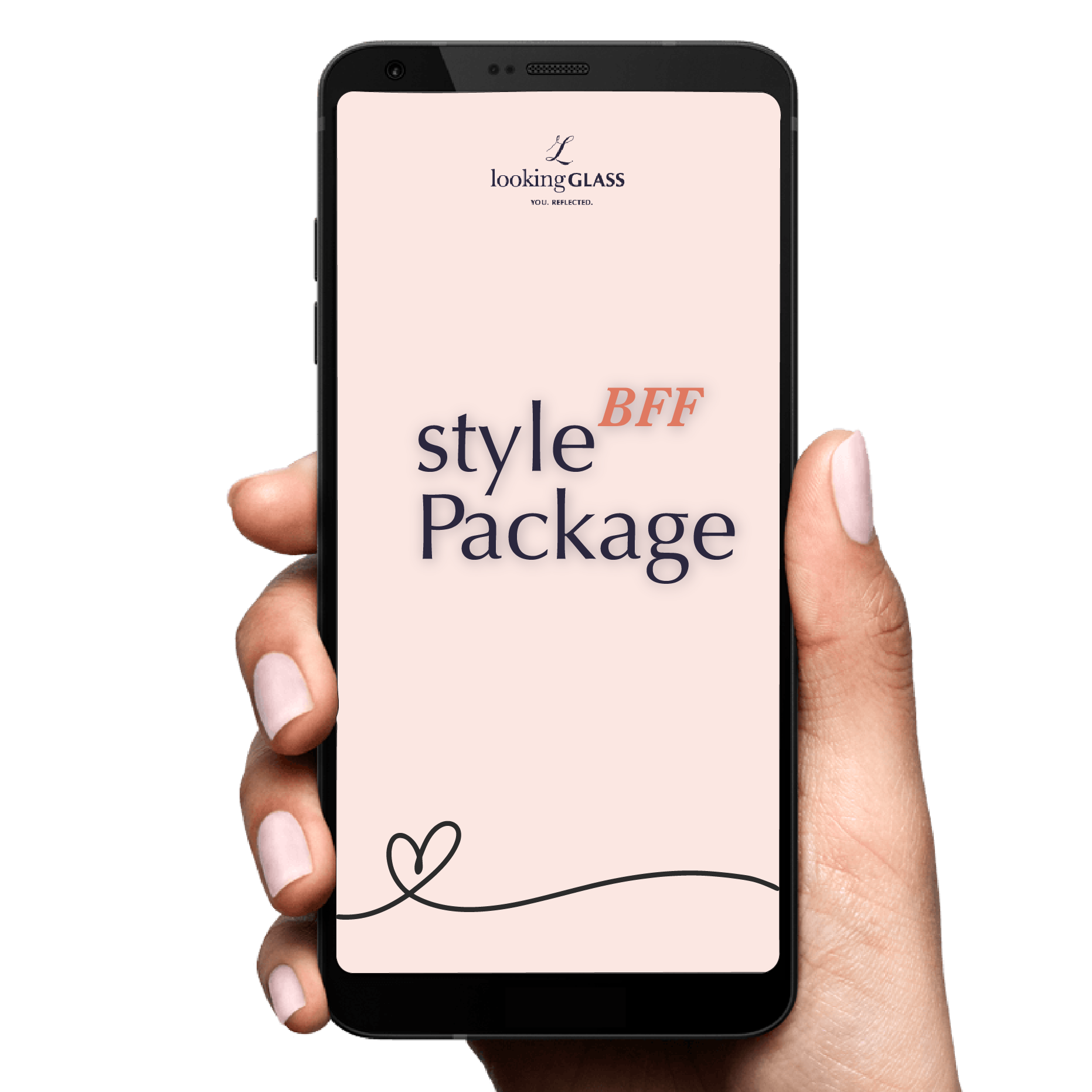
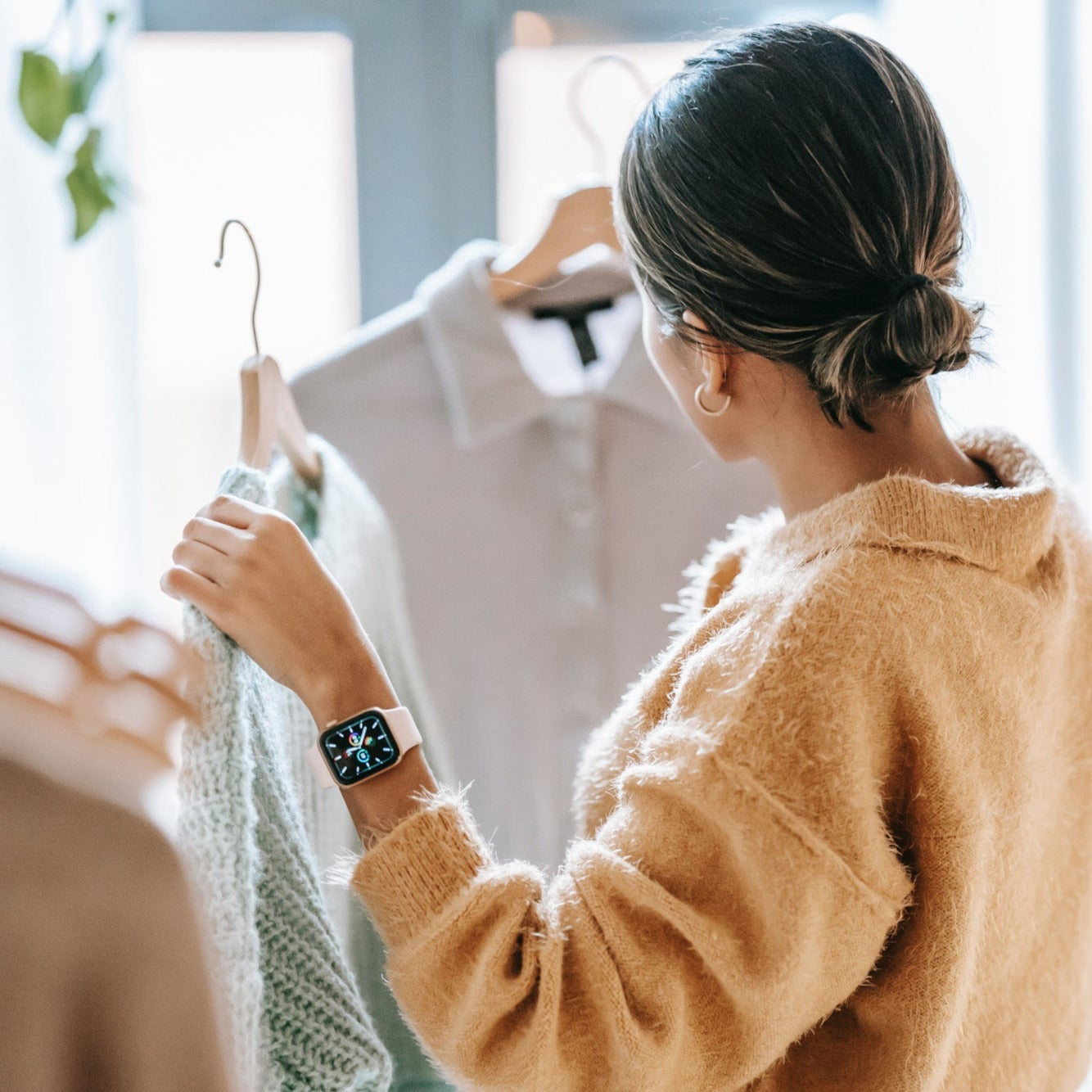
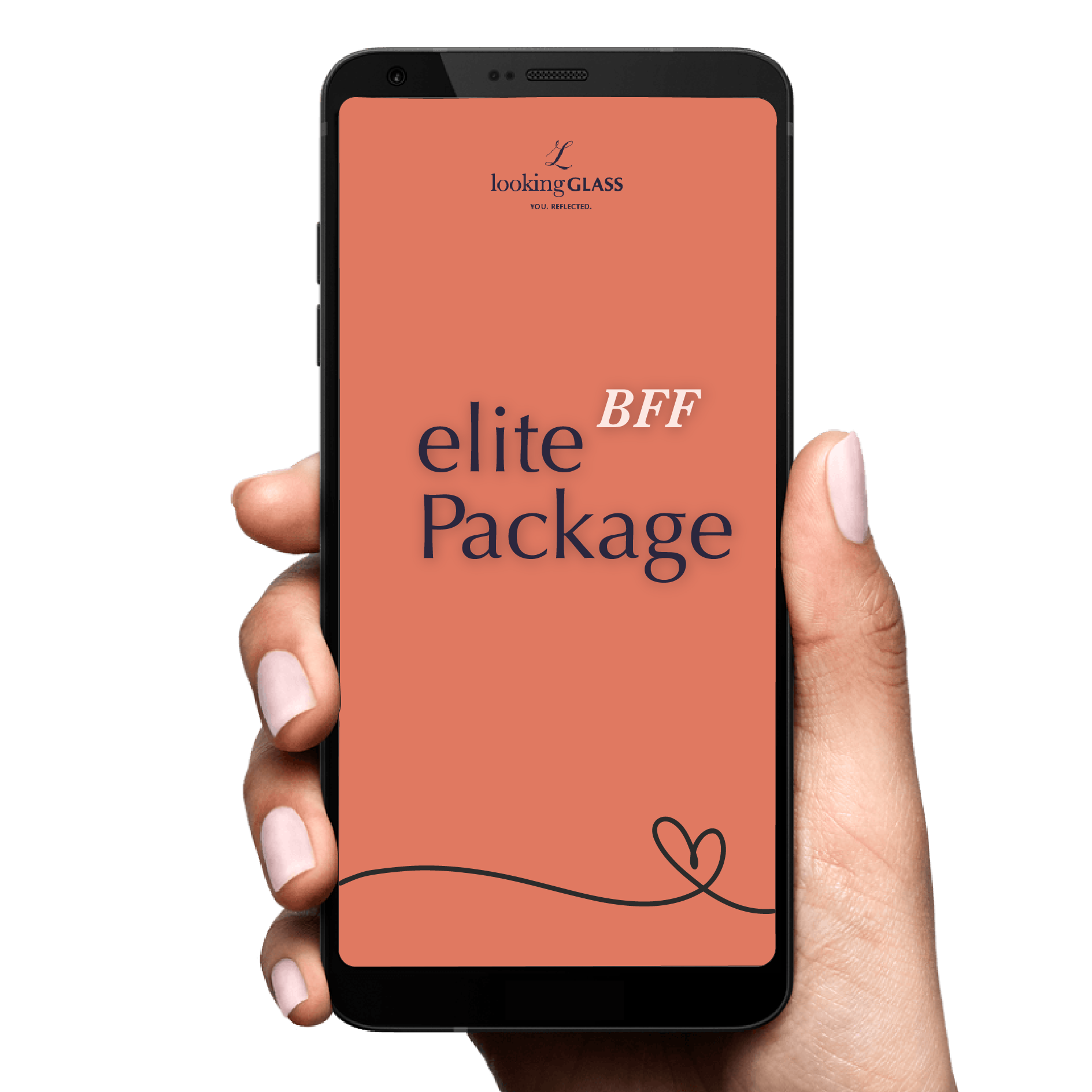
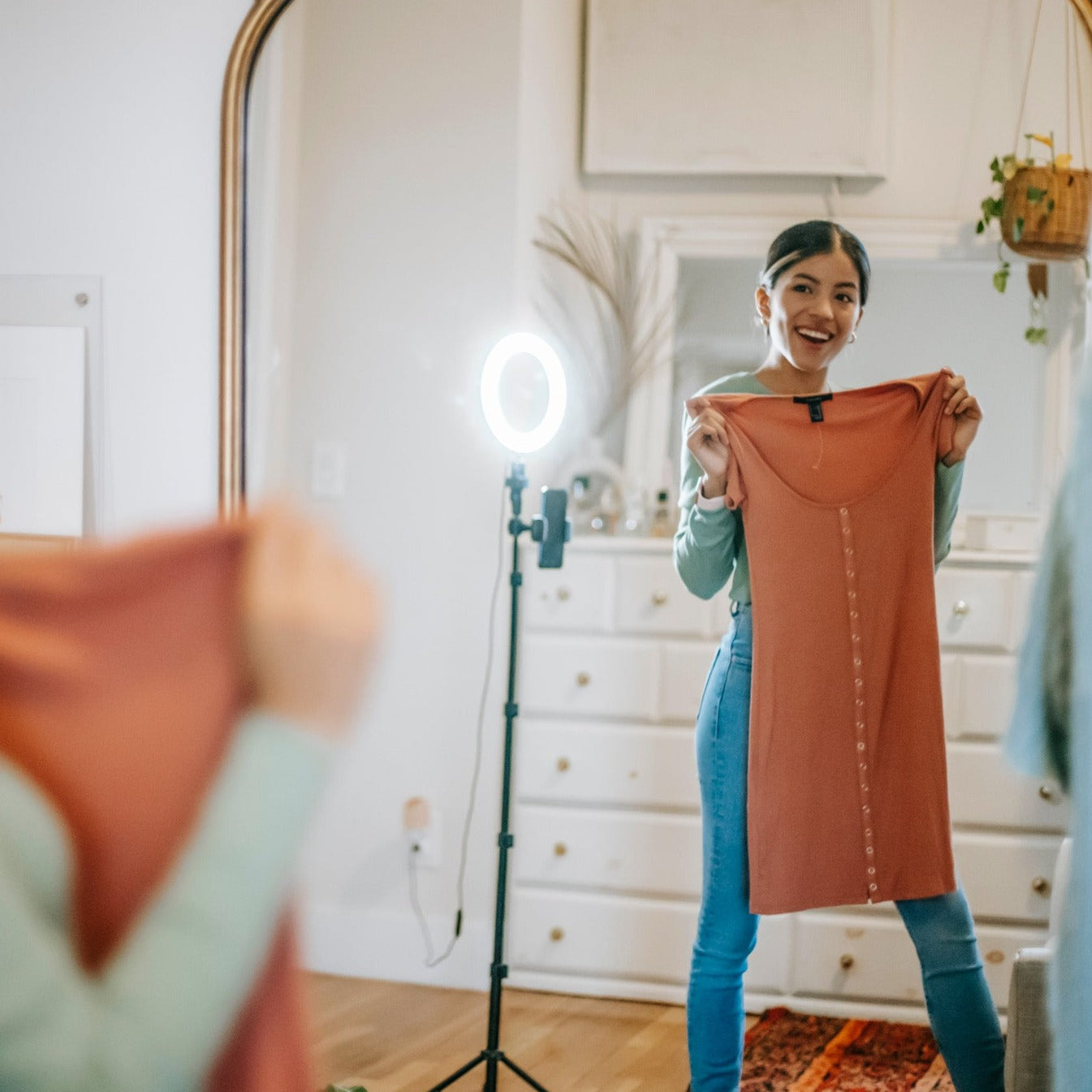

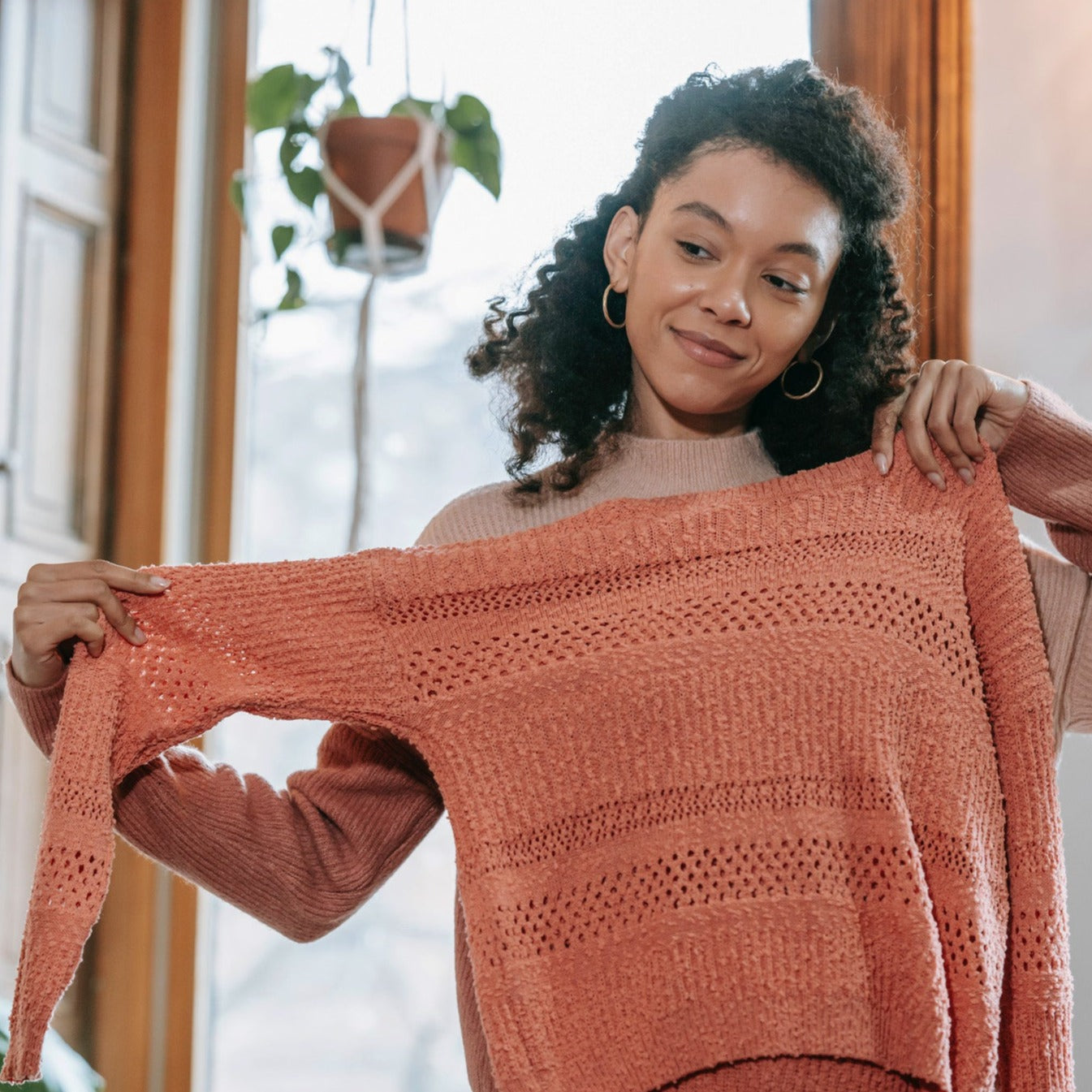


Title